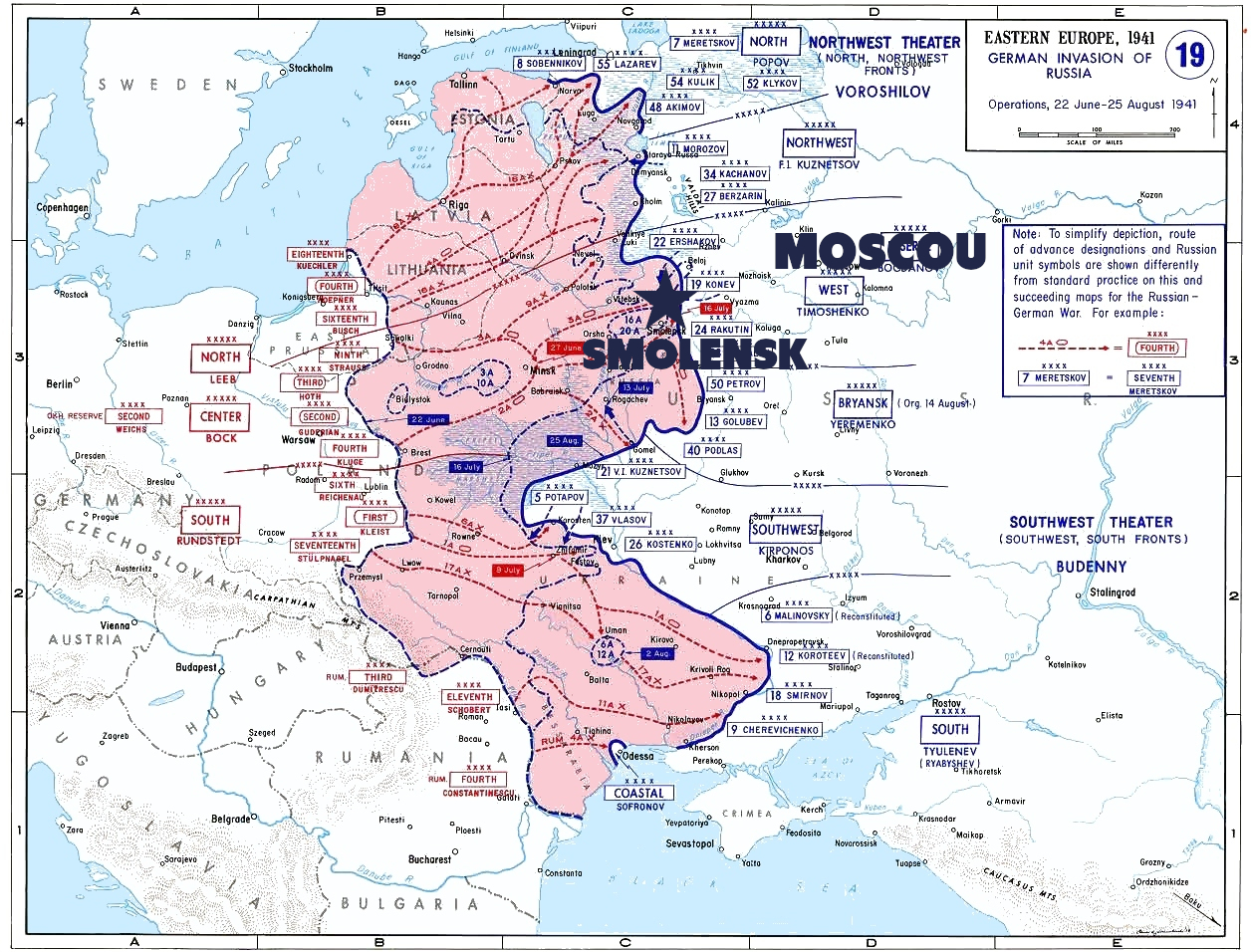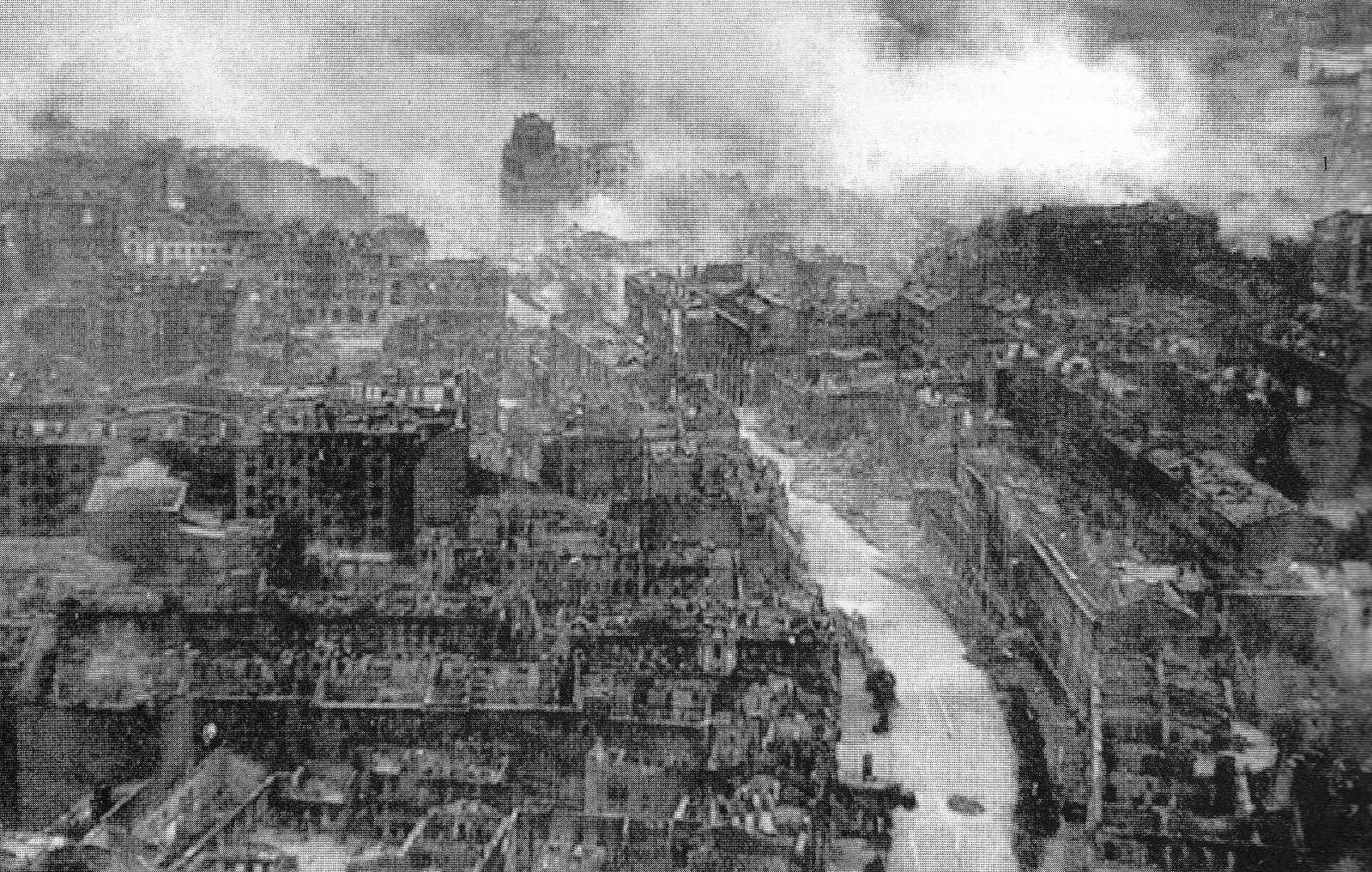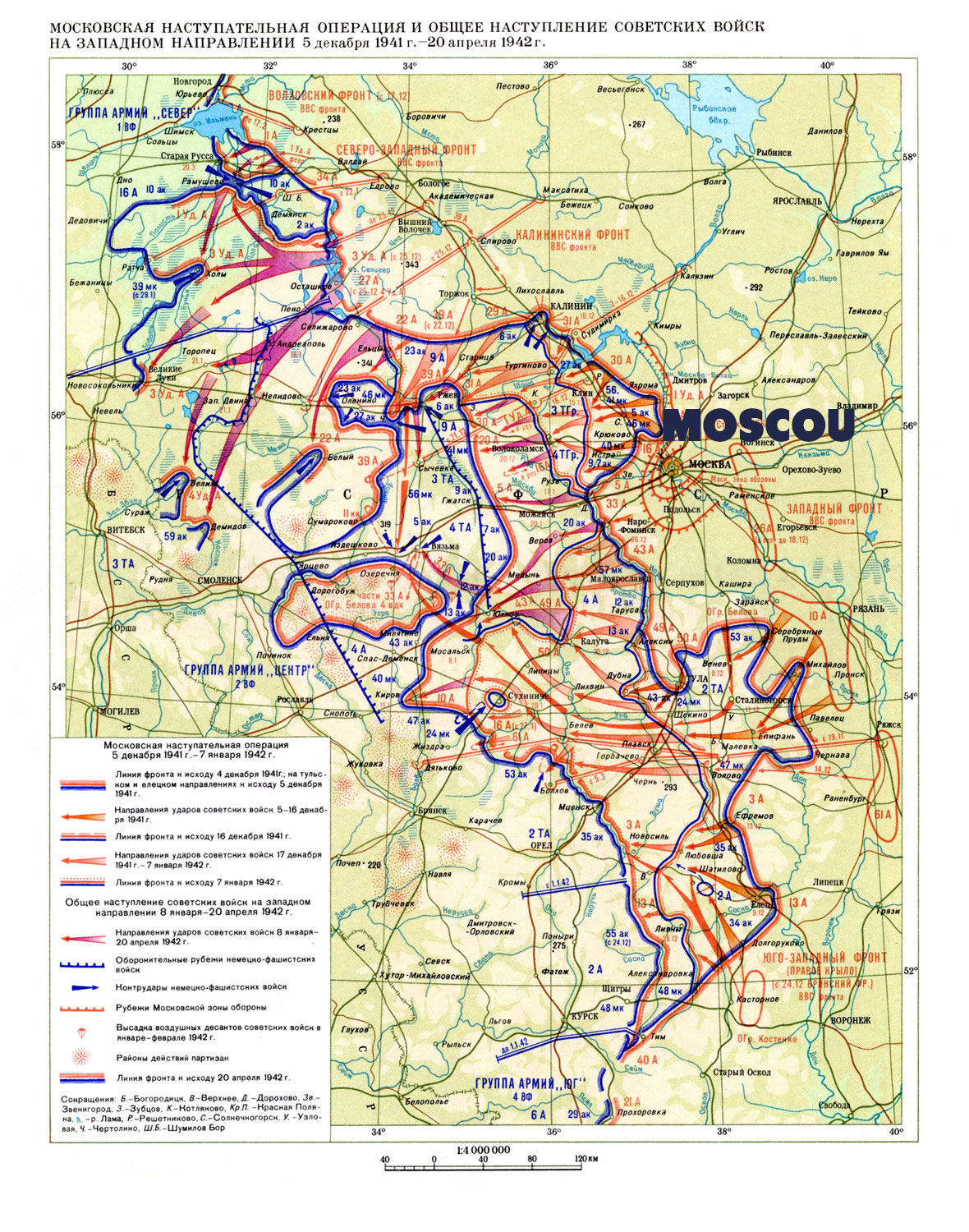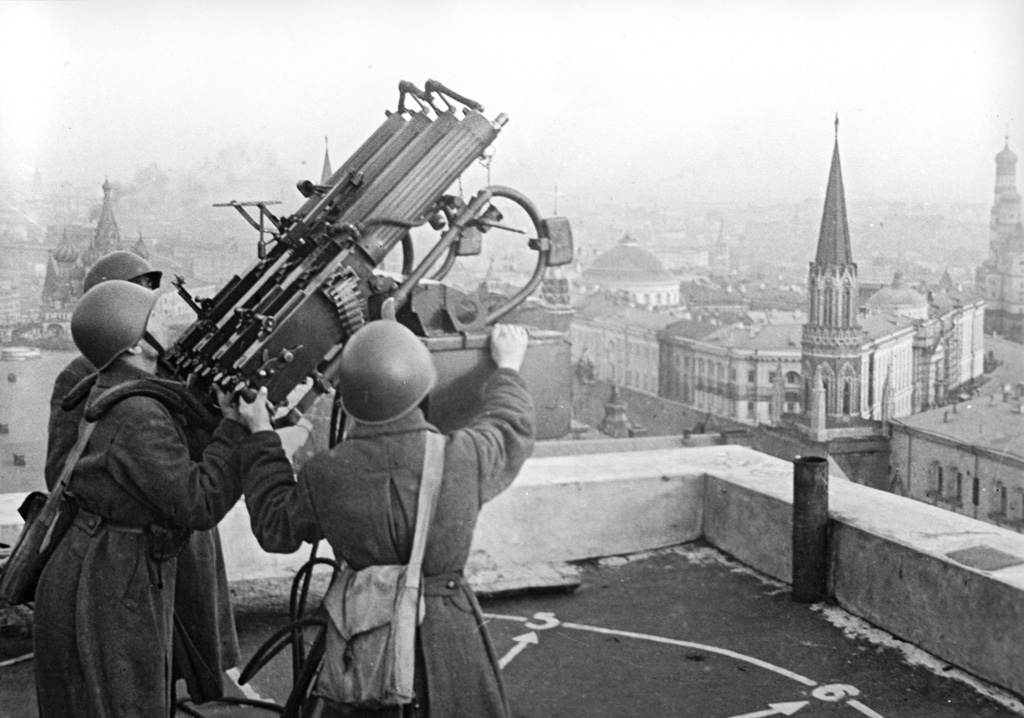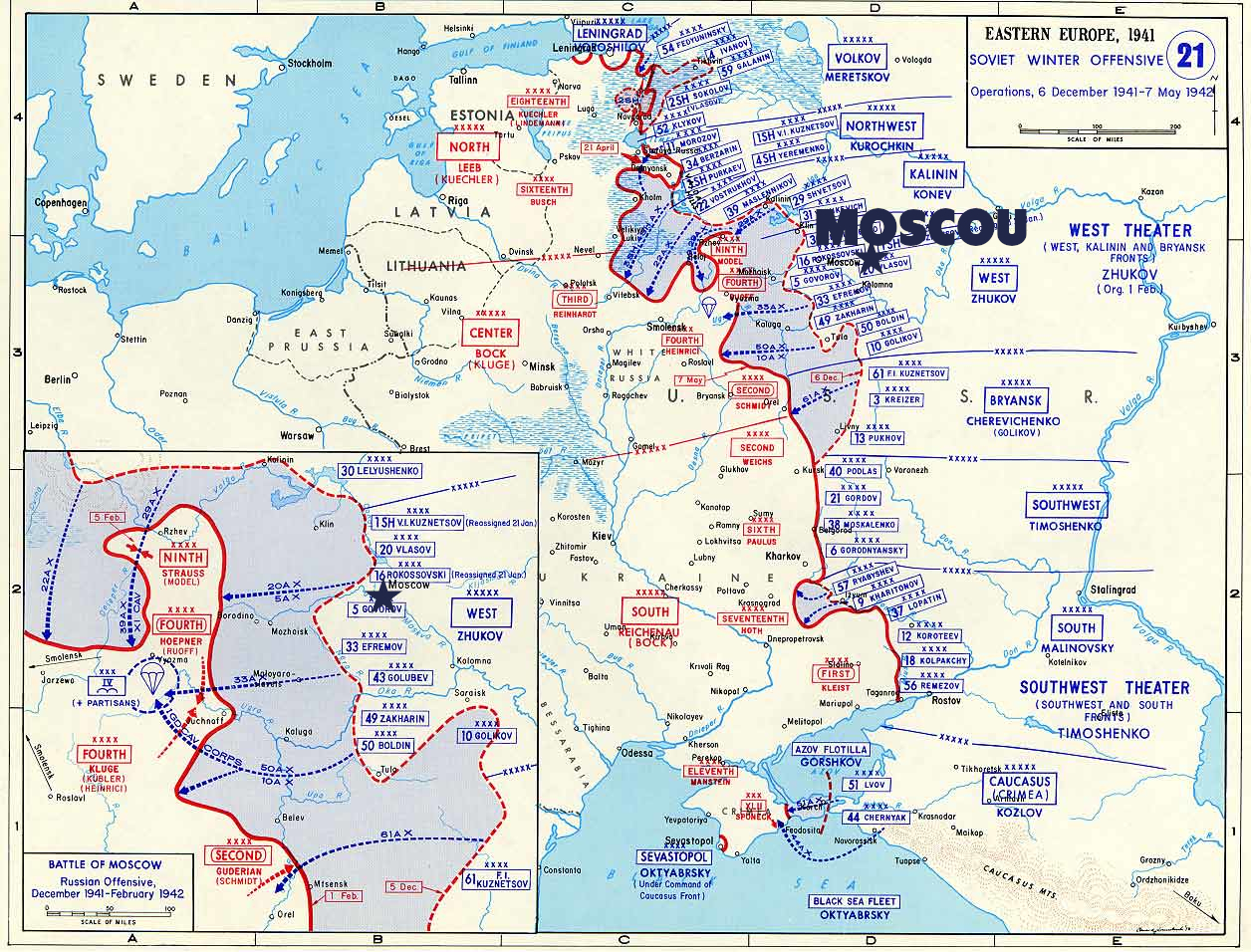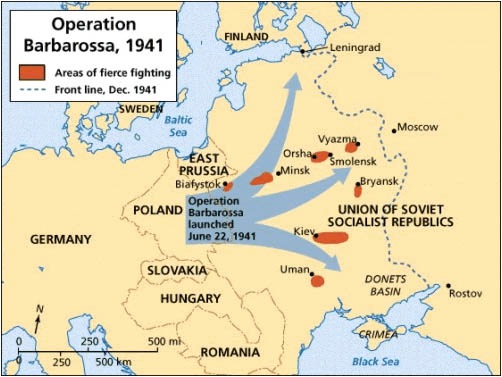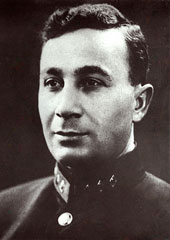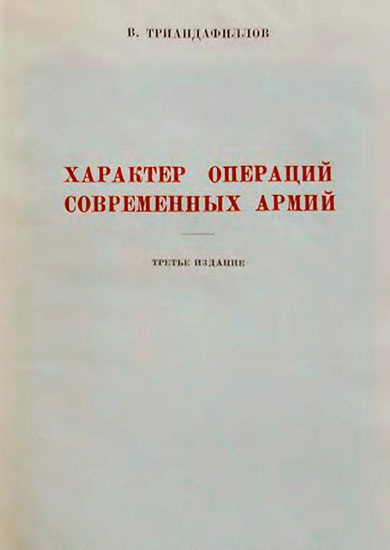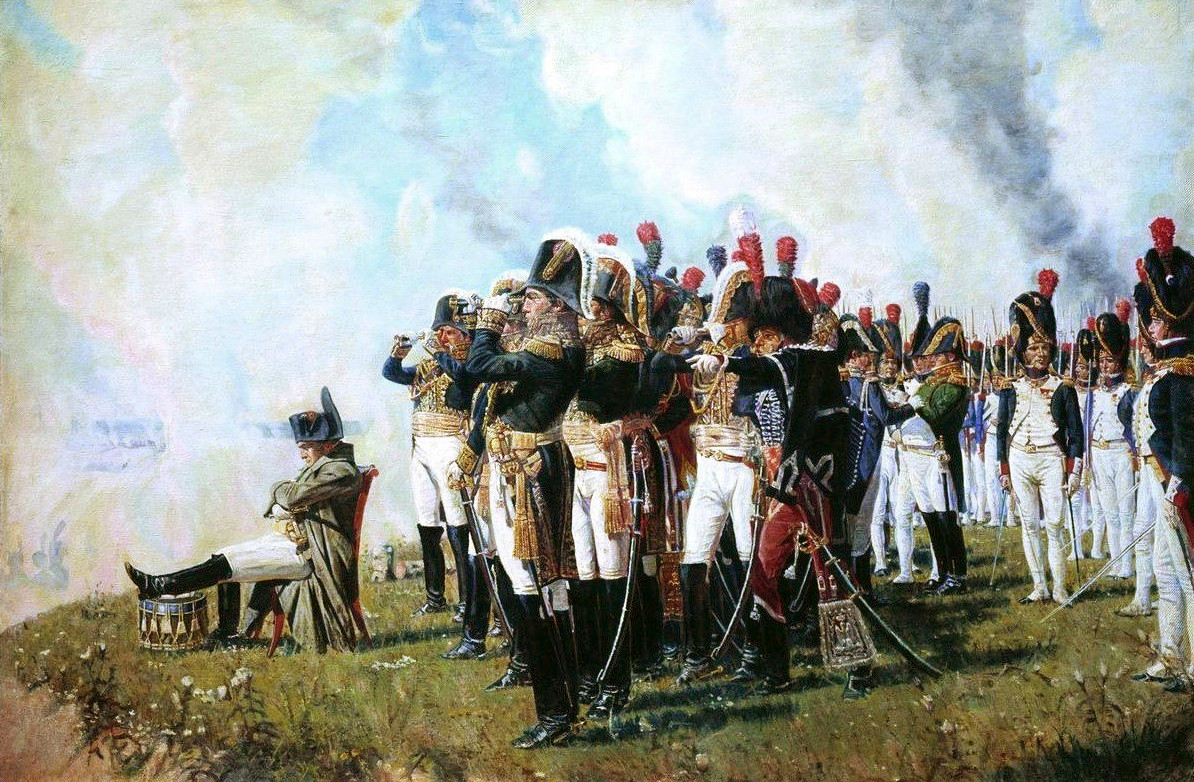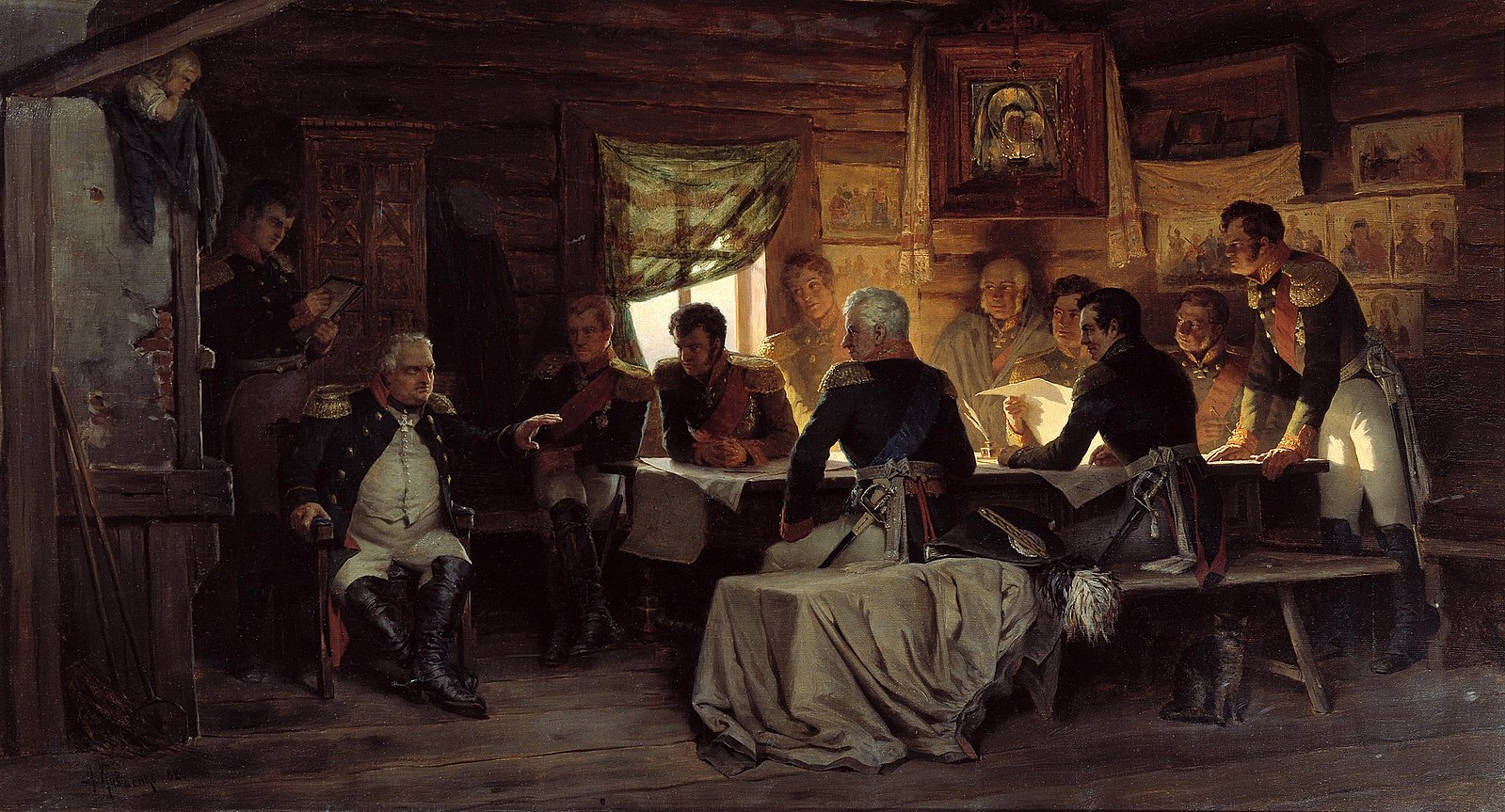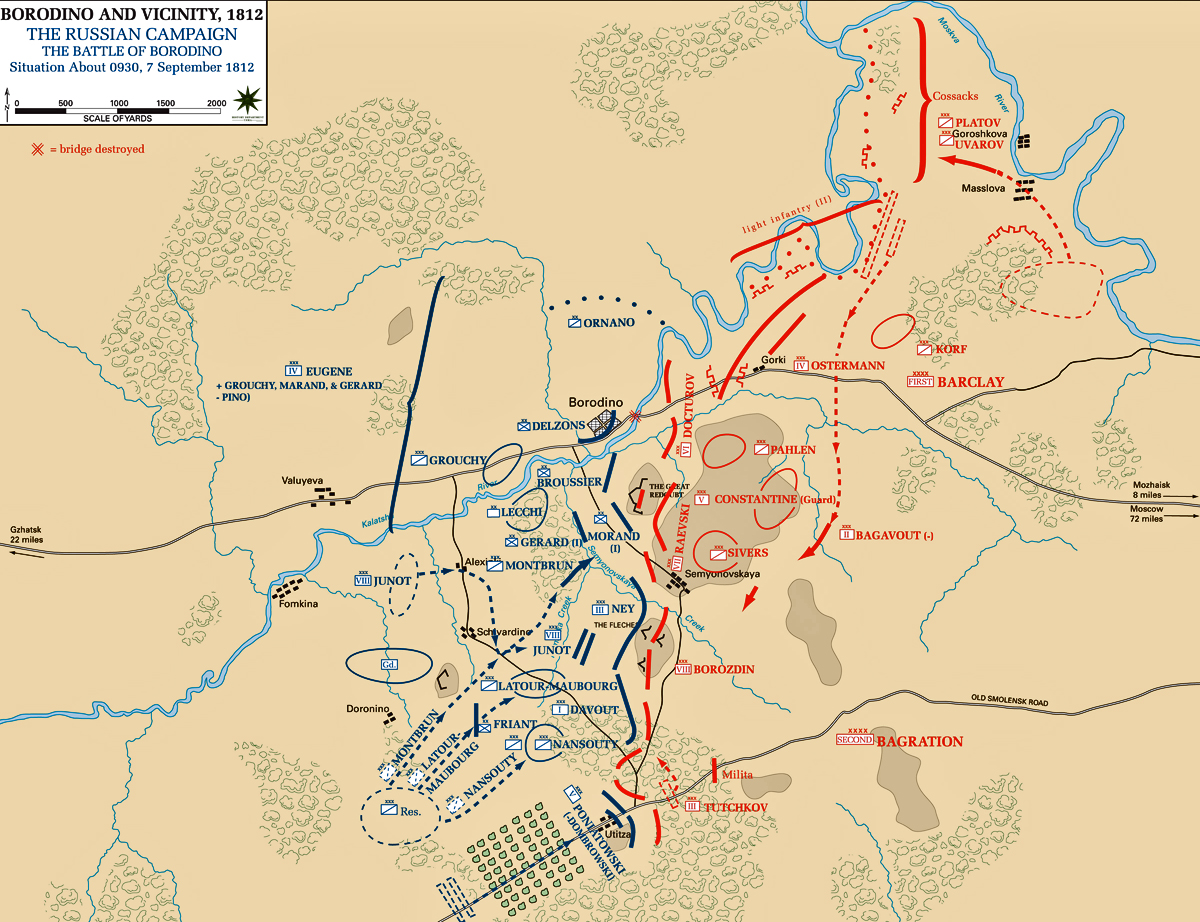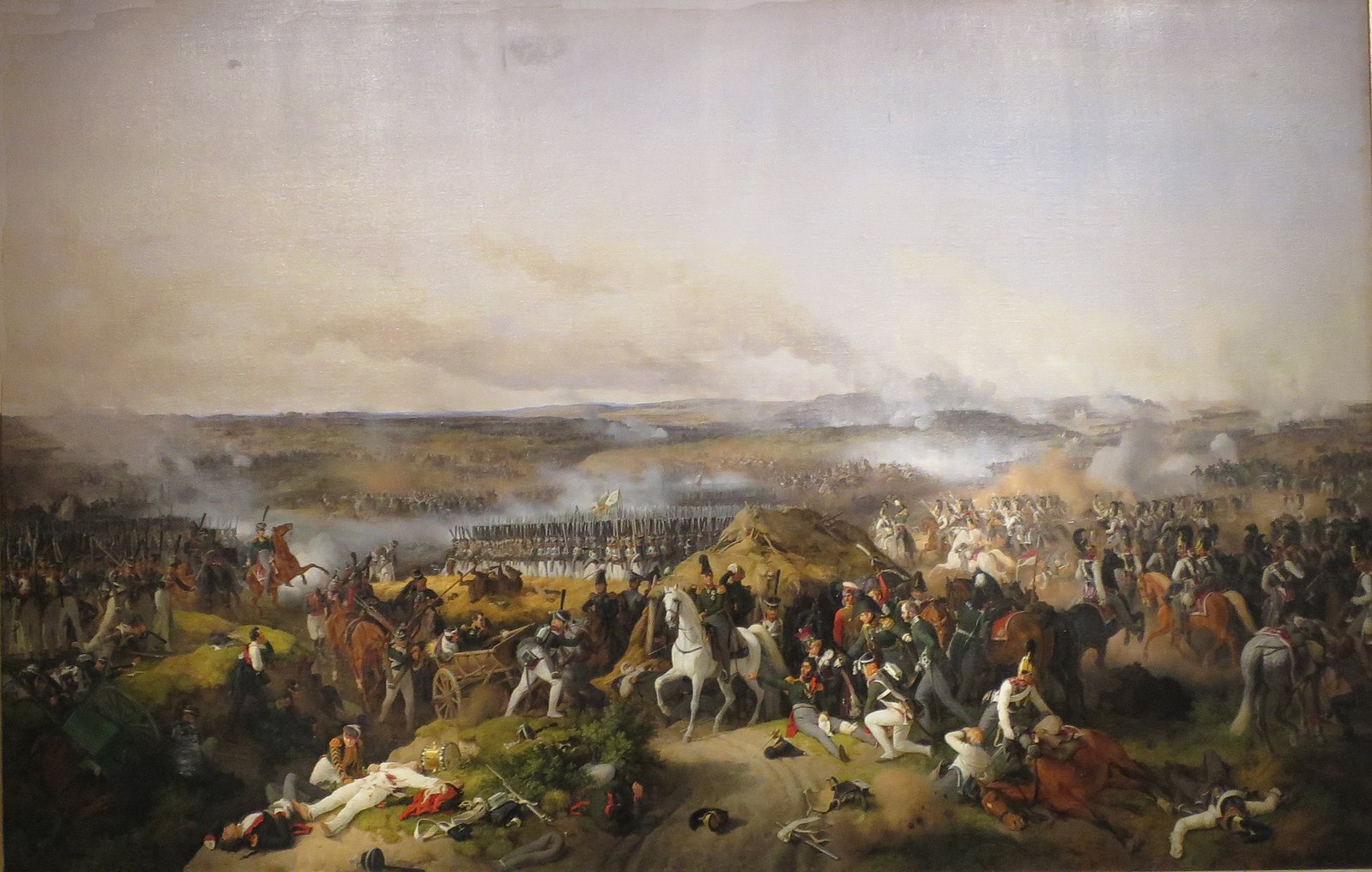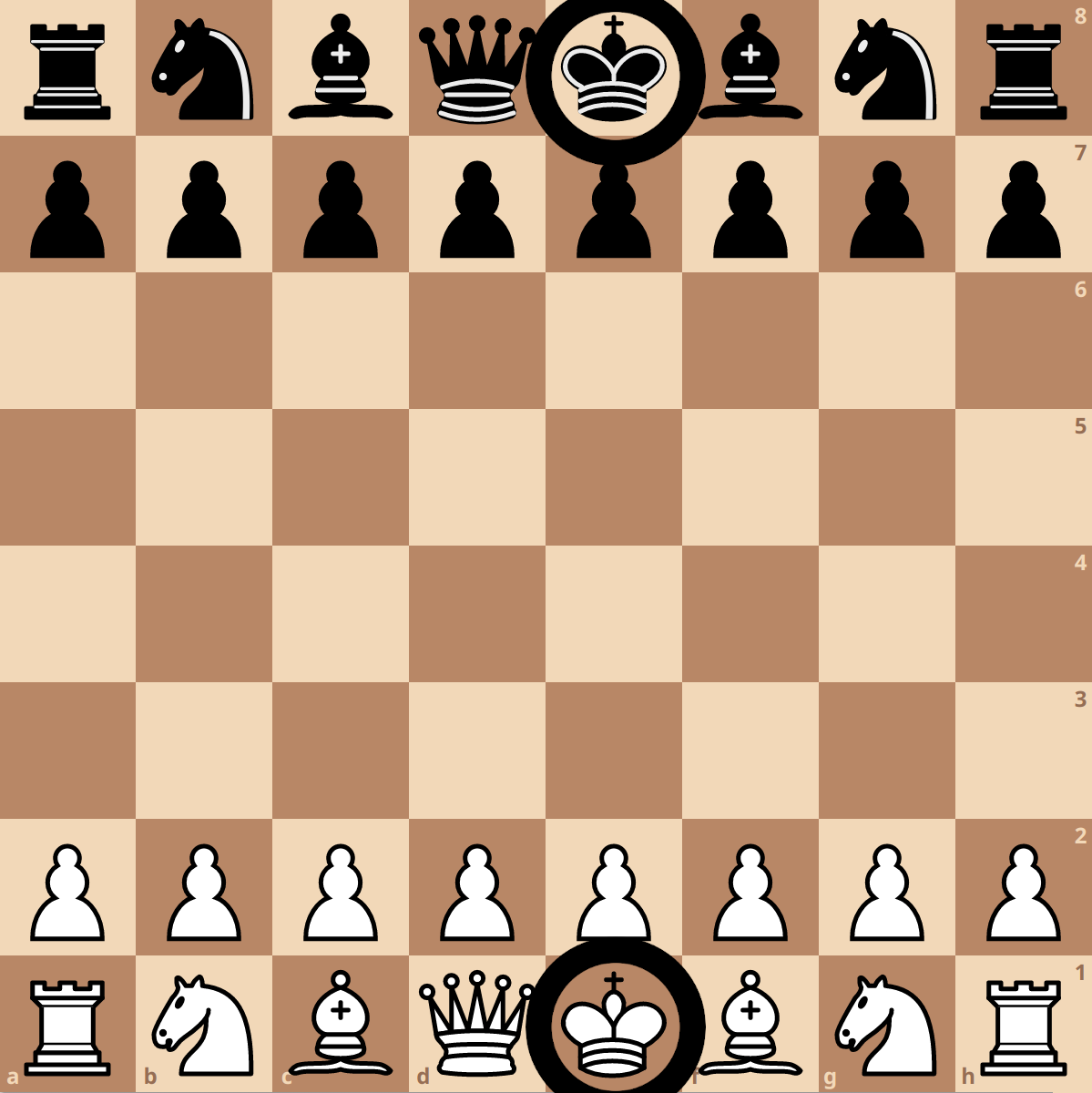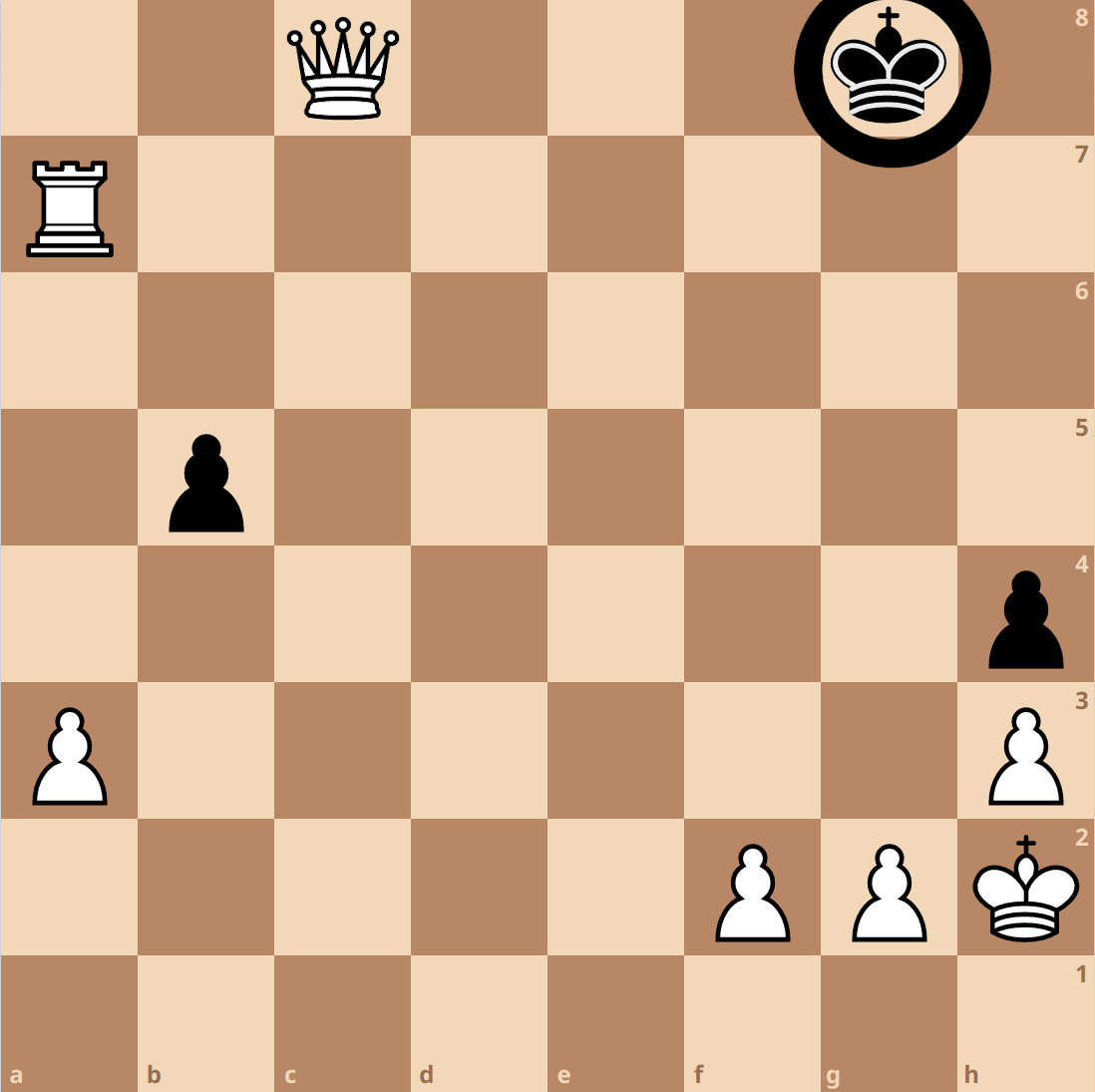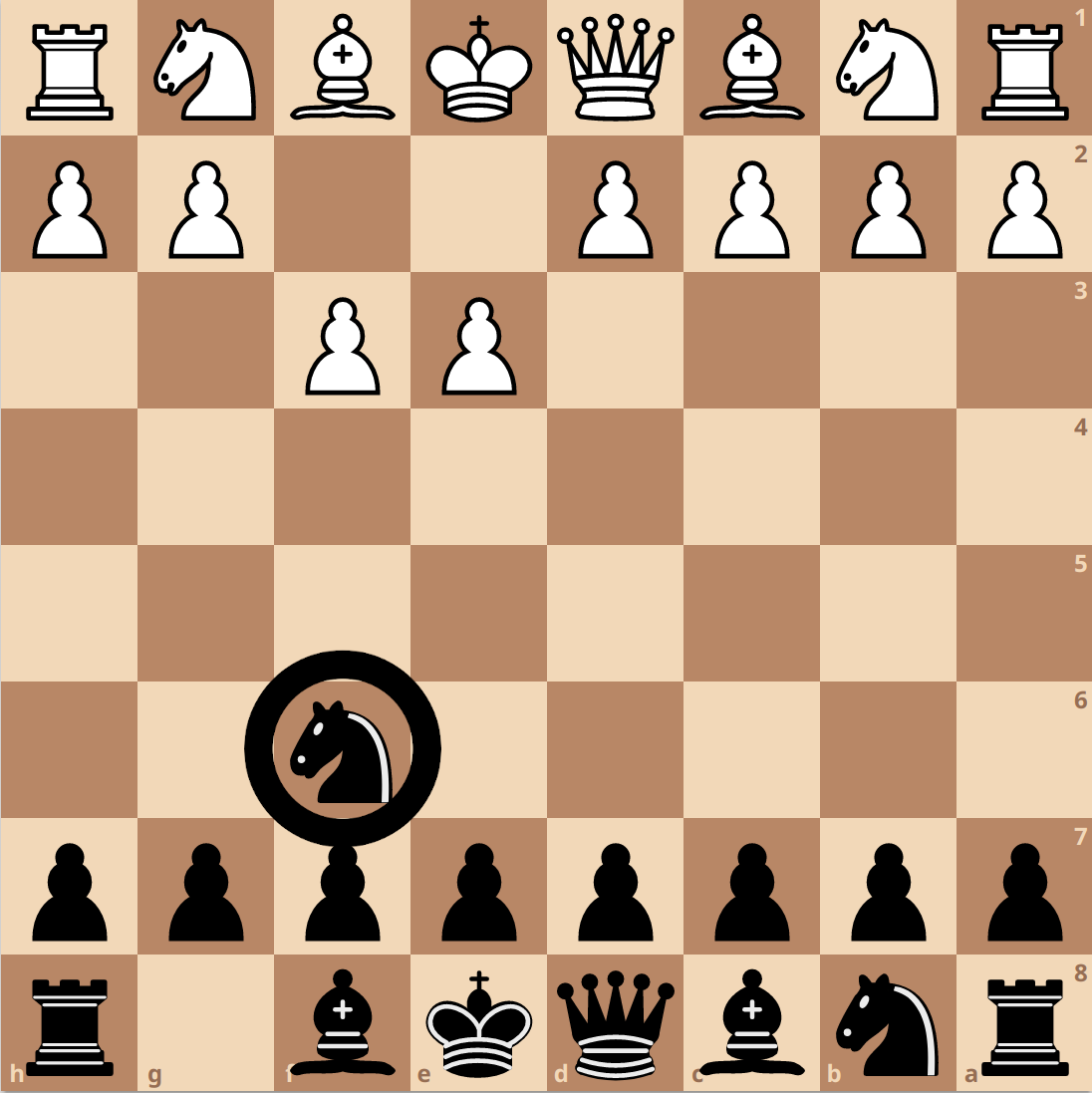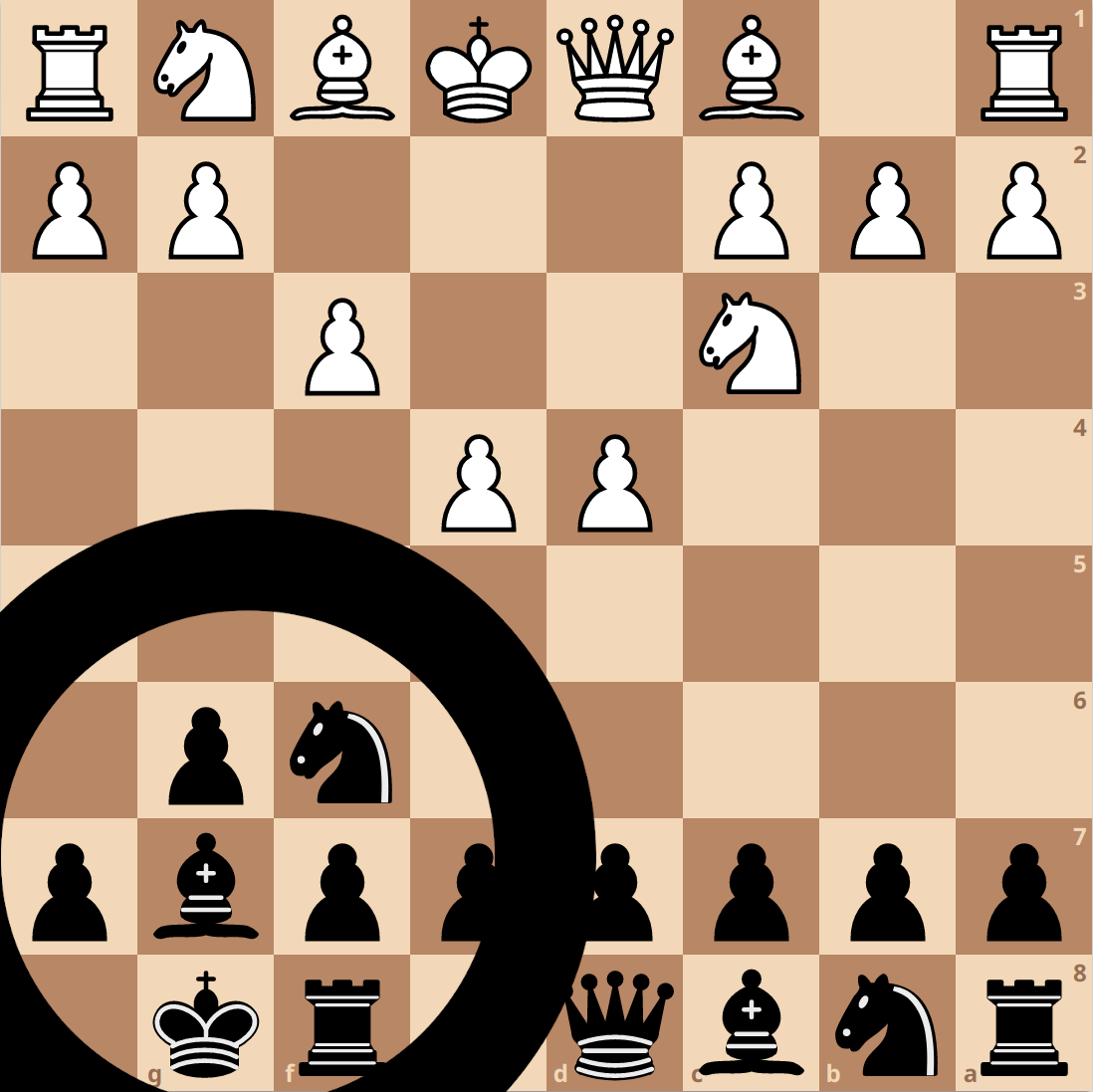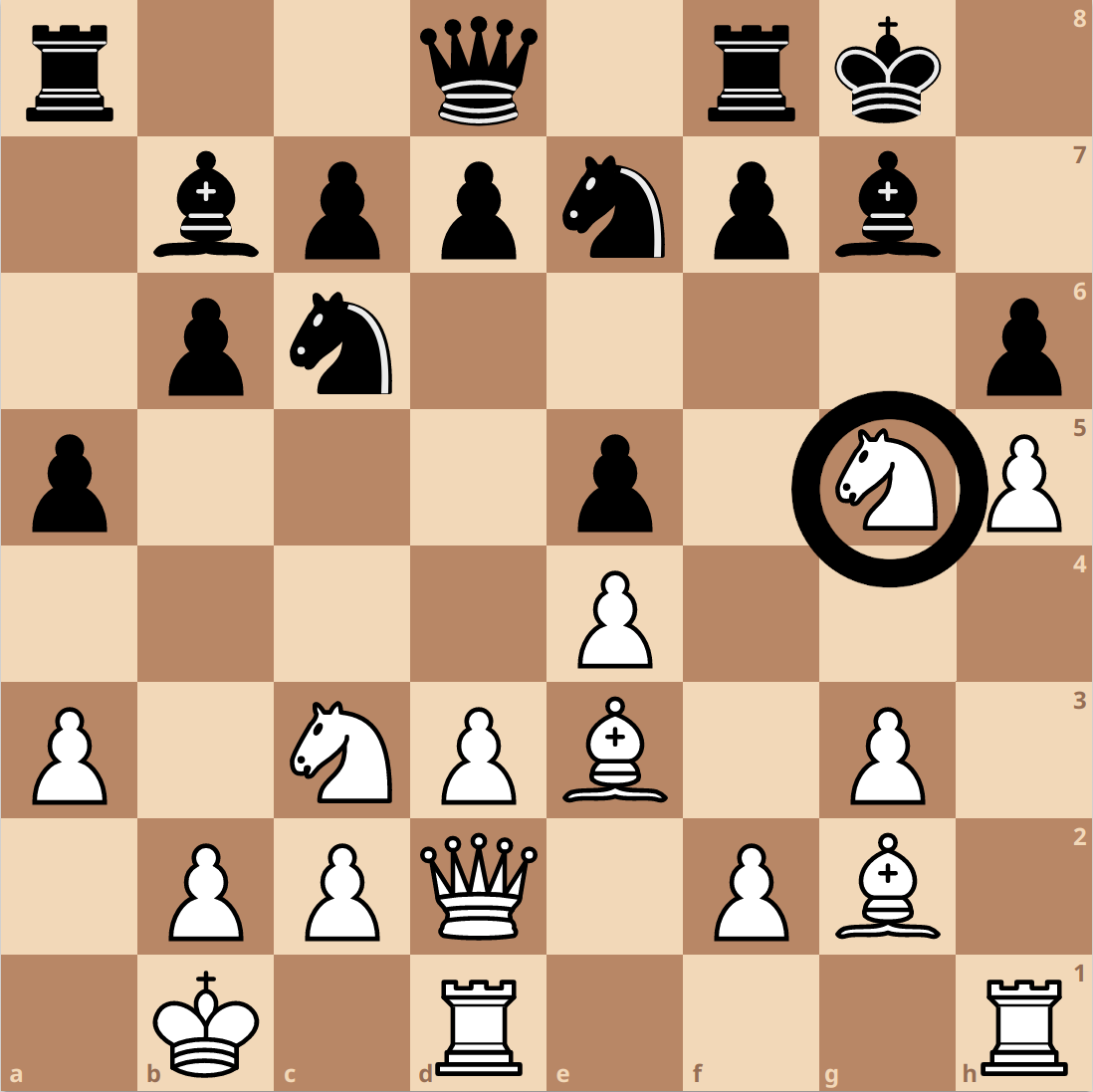The emergence of a particular strain of coronavirus, never identified in humans, is no coincidence. It is a product – entirely new, a qualitative leap from the virus – of the collision between cities and countryside caused by the capitalist mode of production (CMP).
These cities and countryside are, moreover, themselves largely shaped by the CMP, which is true of the way of life of humanity in general. And all of this is happening on a planetary scale.
We should not therefore think that the health crisis comes from outside of humanity, from outside the CMP, on the contrary. It was born from within the CMP and from the world it formed in its image.
A world which is by no means finished, firm, stable, permanent … and which is collapsing under the blows of what is new, exponential, in rupture.
Capitalism is a mode of production now planetary
Capitalism is not only an economy, i.e. a particular distribution of property and a particular distribution of wealth. It is, more concretely, the way in which humanity socially finds the material means to exist and to develop.
It is a mode of production.
And having reached an immense development of the productive forces at the beginning of the 21st century, and being by nature universal, the CMP subjugates all planetary activities. Its consequences concern all aspects of life on Earth, all the time.
It was this historic situation that brought about the emergence of a new strain of coronavirus and gave it a global dimension.
It is this same historical situation that has brought global warming and the same goes for deforestation, the massive annihilation of wild animals, the massive use of animals in industry, the uncontrolled development of areas constantly expanding urban areas, etc.
The concrete origin of coronavirus disease 2019
Coronavirus disease 2019 (COVID-19) is a direct result of the development of the CMP in China, a monopolist and bureaucratic development, with metropolises established in a short time and engulfing everything around them.
The city of Wuhan, where the virus originated, illustrates this. It had just under 1.5 million inhabitants in 1953, 2.2 million in the early 1970s. Then the restoration of capitalism in China brought about a complete change, transforming it into the megalopolis of central China.
The agglomeration had more than 4 million inhabitants in 1982, more than 8 million in 2000, practically 11 million in 2015. Wuhan integrates eight cities of significant importance in this agglomeration (Huangshi, Erzhou, Huanggang, Xiaogan, Xianning, Xiantao, Tianmen, Qianjiang).
This former French Factory is now even the Chinese model for urban development and is undergoing a massive operation to build road infrastructure (one metro line per year, 400 km high-speed commuter train, etc.).
This urban dimension is, however, only one aspect of the question. A third of the population still lives in the countryside, in an agglomeration where we find Carrefour, Auchan, Starbucks, Pizza Hut, KFC, etc.
Here we have an intermingling of cities, countryside, within the framework of an unbridled capitalist expansion.
The origin of the virus in the strict sense, it’s thus the massive urbanization of the area of Wuhan, with a use, for food, of animals both wild and from breeding, in a kind of general confusion where we no longer know what is cities, what is countryside.
This was the terrain, unnatural, favorable to the mutation of the virus, which passed from one species to another, then finally to the human species.
It is not an encounter with a disease not discovered so far – it is the confrontation of humanity with a disease resulting from a mutation, caused by the action of humanity itself.
The metropolis as the basis of the CMP
There is a Franco-Chinese « sustainable city » of 39 km² in Wuhan, a project set up during the presidency of François Hollande. 2018 was even « the Franco-Chinese year of the environment » and going to China on this occasion, Emmanuel Macron said the following:
« Urbanization is already a challenge for China and will be even more so tomorrow. France wishes to strengthen its partnerships in this area by developing the integrated offer that we have built for the sustainable city. »
This shows the convergence, on a world scale, of all the capitalist forces towards the strengthening of the metropolis. Today, the majority of humanity indeed lives in cities.
We should however more being talking of urban areas, as since the passage of the bourgeoisie in the reaction following its victory over feudalism, it is no longer able to create cities in the historical sense of the term, hence the great cultural interest for real cities in the strict sense (Paris, London, New York, Venice, Bruges, Amsterdam, Prague…), themselves also deeply disfigured by the CMP.
The metropolis with innumerable ramifications, despotic in its anonymity and entirely denatured, becomes the norm. It is the form most suited to the satisfaction of capitalist production and consumption, to the 24 hours a day of capitalism.
For our country, France, we can say that its symbol is the roundabout that dots the roads. We are there in the dynamics of the just-in-time, zero stock massively involving industrial zones in the countryside, in order to have an accelerated circulation and a better rotation of capital.
This leads to the destruction of nature and to the moral, cultural and psychological crushing of the workers. Karl Marx rightly speaks of :
“an accumulation of misery a necessary condition, corresponding to the accumulation of wealth. Accumulation of wealth at one pole is, therefore, at the same time accumulation of misery, the torment of labour, slavery, ignorance, brutalisation and moral degradation at the opposite pole, i.e. on the side of the class that produces its own product as capital.”
The historical city, that of the bourgeoisie, involved culture, exchanges, meetings. This is incompatible with the CMP, which is tyrannical and requires everything to be an ever deeper, broader, more perfected, faster trading relationship.
The modern city is now a place to live in isolation, seeking to make the most of its accommodation, if possible by buying a home. Everything is far, farther and farther away, whether it’s leisure, the possibilities of playing sports, shopping, people you can meet.
Everything is subject to a commercial relationship, everything must go through the CMP.
The limited nature of CMP in the face of coronavirus disease 2019
The CMP has only one logic: its own development. It does not proceed by choice, but by necessity, since its very existence depends on an uninterrupted and enlarged development of capital. Its only horizon is himself.
The CMP is the first to “regret” the 2019 coronavirus disease crisis (COVID-19), but at the same time if the same thing had to be done again, it would do it again. The CMP does not allow itself any retreat, any background analysis; it lives in the immediacy of its self-realization. It has no regard for itelf, being a system which is its own end in itself.
We can clearly see its limited character throughout the health crisis due to coronavirus disease 2019 (COVID-19), which is new in its scale, and above all which is shocking because of its qualitative dimension. Researchers are overwhelmed, because the natural relationships between living things are upset and this causes health crises expressing a qualitative leap that exceeds them.
There has already been the emergence of the SARS-CoV virus through the masked palm civet and MERS-CoV through the dromedary. These jumps between species of virus, which are not found in a natural situation, become recurrent due to the situation imposed by the CMP.
For this reason, everyone has heard of HIV, Ebola, avian flu, swine flu. The so-called Spanish flu, which killed between 20 and 100 million people in 1918, is also of this type; cominh from an animal farm in the United States, it reflects the beginning of the generalization of the distorted relationship to life.
The CMP produces, by its action (and its inaction), destructive phenomena, born from the contradiction between it and life on Earth.
None of this, however, can be grasped by the CMP, which only identifies reality by means of statistics, « big data », quantitative data evaluation. The principle of qualitative development is foreign to the CMP.
Capitalism being not simply an « economy », but an unilateral mode of production, it responds to its own logic of accumulation and nothing else. It can only notice things, passively, remaining himself.
The CMP thus has an interest in having what it sees as potential natural resources, and therefore in preserving them – but on the other hand, it is obliged to integrate them, to quickly valorize them, to meet the needs of capital-based production and consumption.
The CMP also has every interest in ensuring that global warming does not cause massive unrest. However, at the same time, the CMP has its own priorities and considers that its own development takes precedence over any other consideration.
This is the reason why supporters of the CMP can indifferently say either that global warming does not count, or that capitalism must develop new markets to adapt. These are two pieces of the same coin consisting of the narrow character of the CMP.
The CMP collides with reality
The CMP has upset the whole natural relationship between life and its surroundings. Human labor had already caused upheavals, from agriculture and animal husbandry. With the development of the productive forces, however, the planet has changed entirely with the CMP.
Life concerned by the CMP was initially restricted, since there were only a handful of capitalist countries originally, along with the Netherlands and England, with underdeveloped productive forces.
Then followed a whole series of countries, like Belgium, France, Germany … and mainly the United States, with a material accumulation starting to be significant, while colonization upset the primitive economies all over the world.
There are economies which are not yet perfectly capitalist in the strict sense, but the CMP has fundamentally modified them in order to subordinate them. The situations of modern feudalism that exist in most countries of the world themselves fall within the framework of the CMP.
It is this modern feudalism that achieves deforestation in the Amazon, the massive use of fossil fuels in the Middle East, the cocoa monoculture in West Africa, that of palm oil in Indonesia and Malaysia, etc.
The human way of life within the CMP has not changed qualitatively over the decades. It is quantitatively that it has deepened and generalized.
And the quantitative is transformed, at a moment, into qualitative.
The 2019 coronavirus disease crisis (COVID-19) reflects that the CMP is starting to reach its limit: it is starting to undermine the whole reality, at all levels. It is no longer a realizing force, but a force of destabilization, of disturbances, of destruction.
The CMP is reaching its limit
The more the CMP develops itself, the more it confronts its limit, its inability to bring about the enlarged reproduction of life without entering into an antagonistic contradiction with life itself.
As long as capital is in the hands of particular people, it will irrationally seek its enlarged reproduction and produce a forced systematization of the valuation of capital – that is to say, the use of what exists, as much as possible, to bring about capitalist production, capitalist consumption.
The destruction of all that is natural is inevitable for a mode of production whose function is the dispersed, disorderly, systematic accumulation and by ever more powerful cycles, by an ever more unified and violent capital.
The 2019 coronavirus disease crisis (COVID-19) shows that the transformation of reality by the CMP has reached a global dimension and that the threshold of rupture has been reached.
There were already many telltale signs. The CMP seeks to force the course of things, to ensure that everything fits perfectly into it, even if it means being violently distorted, crushed, reshaped.
The CMP already literally dynamites the natural functioning of things. It distorts everything that exists to insert it into the capitalist market. This is true for animals used in industry, which are genetically modified for food and the pet industry.
This is true for vegetation and wild life in general, whose richness, multiplicity, abundance… are considered hostile by the CMP, because they are carriers of quality, irreducible to a simple quantitative reading.
This is true for the human way of life; there is just the need to think of the consumption of meat, the massive use of sugar and stimulating products (caffeine, theine), the generalization of processed products, the proliferation of specific markets (halal, kosher, gluten-free, meat-like products, etc.).
And even if working conditions have improved, they involve a far greater human tension, as well as a profound deformation of the personality. Night work alone has expanded considerably, affecting more than 15% of workers in France, with dire consequences for health.
The CMP concretely tries to modify its own material base, in order to avoid reaching its own historical limit, and by doing so it reaches it.
Because the CMP thus comes into contradiction with its own material base to force its own development – reality becomes antagonistic to the CMP.
World health crisis and communist affirmation
The Coronavirus disease 2019 (COVID-19) is a global crisis that does not come from outside of the CMP, but from it, and at the same time it expresses itself in it. Capitalist accumulation takes place in a concrete way and it is this process of accumulation which itself brings the crisis, produces the crisis, is the crisis itself.
The CMP sees reality here lurching under its feet. It is forced to back off.
And the CMP backing off is humanity backing off – placing itself at the heart of historical contradiction, as source and resolution.
It is indeed humanity that carries the CMP. What the CMP is going through, humanity is going through, just like what humanity is going through, the CMP is going through.
Humanity, prisoner of the CMP, of its mechanisms, of the ideology which ensues from it, is confronted with a brutal awareness: reality rebels against it.
The onset of coronavirus disease 2019 (COVID-19) is a crisis shaking the very foundations of human participation in the activities of the CMP.
Humanity, which is a part from nature, is forced to drop out of the CMP which becomes an obstacle to life itself.
It’s the end of a whole movement. Humanity has come out of nature to assert itself as a species, but it must return to it by bringing the achievements of its own journey. This corresponds to the principle of uneven development.
What is called History is human history in its separate course from the Biosphere, that is, from all of life on Earth as a unified system.
The end of History, the passage to Communism, is his return to the History of the Biosphere, bringing to it what was acquired during its uneven development.
Communist transformation affects the human being at its very bottom. It brings it back to nature, as a complex social being.
It is both a tearing, but also a reintegration into the general process of the Biosphere.
Communist objectives
Produced by the CMP, the health crisis will have repercussions in it, causing disorganization, slowdowns, inevitable bankruptcies. This reveals all this fragility of the CMP construction, which comes to its term.
The CMP will obviously desperately seek to get out of there, at the expense of the masses, who will be further exploited and alienated. It will also mean stepping up the march to war for the distribution of the world, with at its heart the confrontation between the hegemonic American imperialist superpower and China wishing to divide the world in its favor.
However, this will not be enough, the limit being reached, the tilting threshold being reached.
What matters substantially is that the limit of the CMP is capital itself, always more incapable of valuing itself in reality, all the more if it rebels openly.
The CMP finds itself in the impossible situation to perpetually seek to circumvent the downward trend of the rate of profit. It tries to escape an overproduction of goods by the lack of continuity in the consumption cycle, to avoid the overproduction of capital, in the absence of field to develop itself.
The health crisis precipitates it all the more in the failure of its self-enlargement.
The CMP is effectively disappearing in front of the historic qualitative leap: the transition to world unification of humanity under the aegis of the working class, the adoption of the communist position in relation to nature.
It clearly follows from this revolutionary reading of the 2019 coronavirus disease crisis (COVID-19) that the following tasks are on the agenda, falling under the general communist program for our entire era:
1. Replacement of state apparatus by the democratic power of the people;
2. Dismantling of metropolises;
3. Cessation as far as possible of any destructive relationship with life on Earth;
4. Socialization without compensation of all monopolies;
5. Establishment of a world socialist republic;
6. Conquest of space in order to spread there life, from the Biosphere.
We are entering the decisive era, that of the second wave of the world revolution. We will be on the front line to make our country the example to follow to meet the challenges of our time!
This task is inevitable historically, the communist victory is assured by definition.
Long live Marx, Engels, Lenin, Stalin, Mao Zedong!
Long live Marxism-Leninism-Maoism!
People’s War for Communism!
Communist Party of France (Marxist-Leninist-Maoist)
March 2020
